Understanding NFTs: Token Standards (DN-404 NFTs)
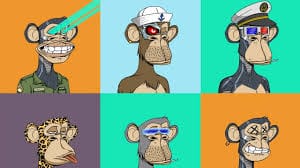
Understanding NFTs
Non-Fungible Tokens (NFTs), a transformative force, have redefined how we conceptualize ownership, value, and authenticity in the virtual world. From digital art masterpieces worth millions to virtual land sales in metaverse, NFTs have captured the attention of creators, collectors, and investors alike.
Introduction to NFTs
What Are NFTs?
Non-Fungible Tokens, commonly known as NFTs, are unique digital assets recorded on a blockchain, a decentralized ledger technology and unlike fungible cryptocurrencies like Bitcoin or Ethereum, which are interchangeable on a one to one basis, NFTs are distinct and irreplaceable. Each NFT carrying a unique identifier (metadata) that ties it to a specific asset, from pieces of digital arts, a collectible, a song, RWA, or even a virtual property.
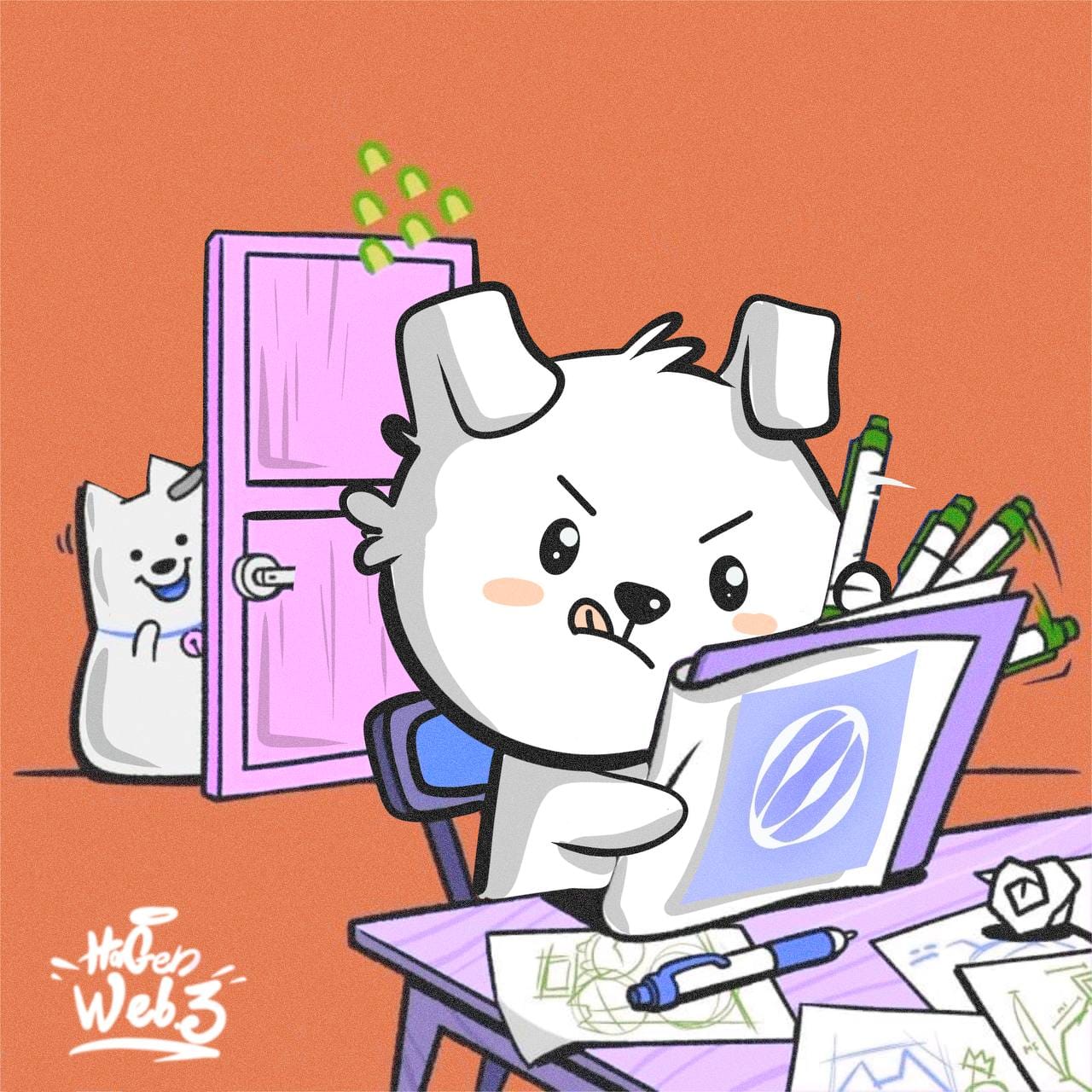
The Rise of NFTs
The concept of NFTs backdates to 2014 with the creation of "colored coins" on Bitcoin, but it was Ethereum's introduction of the ERC-721 standard in 2017 that popularized them.
NFT boom hit mainstream consciousness in 2021, driven by high-profile sales like Beeple's *EVERYDAYS: The First 5000 Days*, which sold for $69.3 million at Christie's, and since then, NFTs have evolved into a multi-billion-dollar market.
Why NFTs Matter
NFTs enable verifiable digital ownership and provenance in a way that was previously impossible, empowering creators to monetize their work directly, offer collectors provable scarcity, and introduce new possibilities for digital interaction.
How NFTs Work
· Blockchain Technology: The Foundation
NFTs are predominantly built on blockchain platforms, with Ethereum being the most widely used due to its robust smart contract capabilities. Basically, a blockchain is a digital ledger that records transactions across a network of computers, ensuring transparency and security.
· Token Standards: ERC-721 and Beyond
NFTs rely on specific token standards to define their properties:
- ERC-721: The first NFT standard, ensures each token remains unique with a distinct token ID and metadata. It’s ideal for one-of-a-kind assets like digital art.
- ERC-1155: A more flexible standard that supports both fungible and non-fungible tokens within a single contract, mostly used in gaming.
When an NFT is "minted," it’s created on the blockchain with metadata linking it to the asset it represents such as an image URL, name, or description. This metadata usually stored off-chain (e.g. on IPFS) due to varying blockchain storage limitations, but the ownership record remains on-chain.
Smart Contracts: Automating NFT Ownership
Smart contracts are self-executing programs that govern NFT transactions. They can encode in them rules like royalty payments, ensuring creators earn a percentage (e.g. 10%) of every secondary sale. This automation eliminates intermediaries and enhances trust.
Key Properties of NFTs
- Uniqueness: No two NFTs are identical, even within the same collection.
- Indivisibility: Unlike cryptocurrencies, NFTs cannot be split into smaller units.
- Ownership: The blockchain records who (which wallet) owns an NFT, making it verifiable and transferable.
- Immutability: Once minted, an NFT’s core data (metadata) cannot be altered, ensuring its authenticity.
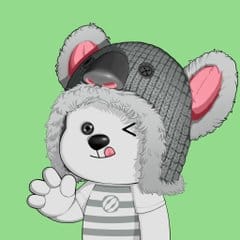
Use Cases and Applications
NFTs have transcended their initial hype, finding utility across multiple sectors.
- In Digital Art and Collectibles
Artists can tokenize their creations, selling them directly to buyers on platforms like OpenSea or Rarible. NFTs allow artists to retain royalties from resales, a feature traditional art markets lack. Iconic collections like CryptoPunks and Bored Ape Yacht Club have become status symbols in the digital realm.
- In Gaming
In blockchain-based games like in “Axie Infinity”, “seedify gaming (seedworld)”, “The Sandbox”, players own in-game assets (e.g., characters, weapons or land) as NFTs. These assets can be traded or sold outside the game, creating real-world value. This "play-to-earn" model has impacted traditional gaming economics.
- In Music and Entertainment
Musicians like Kings of Leon and Grimes have released albums and singles as NFTs, often bundled with exclusive perks like VIP concert access. NFTs also enable tokenized tickets, and enhancing fan experiences.
- In Virtual Real Estate and Metaverses
In virtual worlds like “Decentraland” and *The Sandbox*, users buy, develop, and trade digital land as NFTs. These plots can host events, businesses, or art galleries, mirroring real-world real dynamics. - Identity and Credentials
NFTs can also serve as digital passports for identity verification, academic credentials, or memberships. For instance, an NFT could prove ownership of a domain name or certify a professional qualification, stored securely on the blockchain.
Challenges and Risks
While NFTs hold immense promise, they also face significant obstacles that could shape their future:
- Market Volatility
The NFT market wass notoriously volatile. In 2021, sales peaked at $25 billion, but by 2022, many NFTs lost over 95% of their value. This boom-and-bust cycle questions reliability as investments. - Environmental Concerns
Ethereum’s original proof-of-work (PoW) consensus mechanism consumed vast amounts of energy, drawing criticism for its carbon footprint. The shift to proof-of-stake (PoS) in 2022 (The Merge) reduced energy use by 99.95%, but public perception remains a challenge. - Fraud
The NFT space has been always filled with scams, from fake collections to "rug pulls," where developers abandon projects after raising funds. High-profile incidents, like the OpenSea insider trading case, highlights the need for better oversight.
DN-404 NFTs: A Case Study with Morse NFT from Mitosis
What Are DN-404 NFTs?
DN-404 is an improved token standard that blends fungibility of ERC-20 tokens with the uniqueness of ERC-721 NFTs, creating a hybrid "semi-fungible" token. This standard allows assets to have both interchangeable and distinct properties, addressing limitations like liquidity and scalability in traditional NFTs.
For example, a DN-404 token might represent a limited-edition item where all copies are fungible within the set, but each of them with unique traits.
Morse NFT by Mitosis: A Practical Example
Morse NFT, developed by Mitosis, is a pioneering project leveraging DN-404 standard. Mitosis is a platform focused on enhancing the utility and interoperability of digital assets (programmable liquidity), and Morse NFT exemplifies this mission.
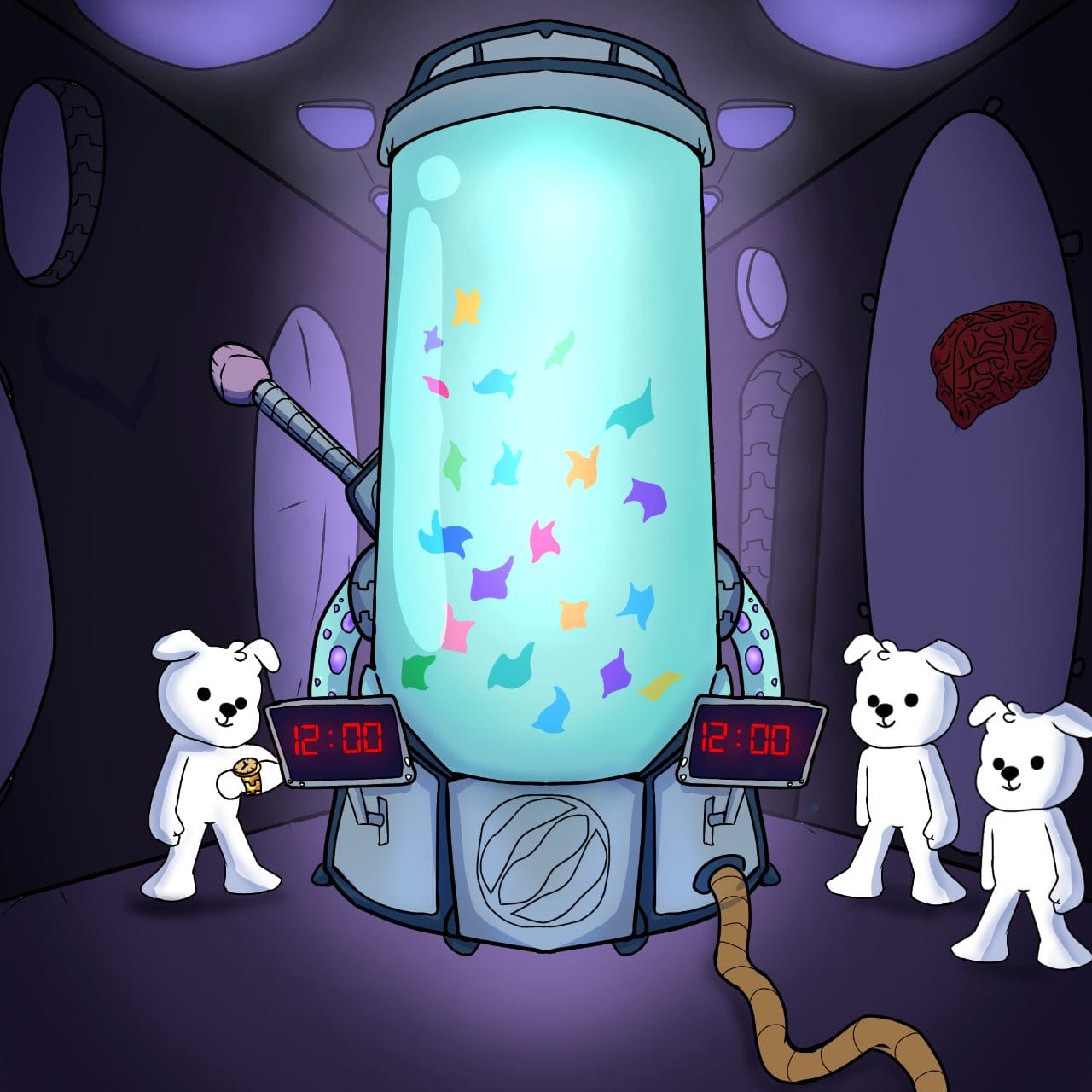
How Morse NFT Works
- Dual Nature: Morse NFTs can function as unique collectibles (like traditional NFTs) and as part of a fungible pool. This duality allows collectors to trade individual tokens or participate in a broader market.
- Fractional Ownership: By integrating fungible elements, Morse NFTs encourages fractionalization, making high-value assets more accessible in fractions. For instance, a rare Morse NFT could be split into shares, and enabling buyers to buy in fractios.
- Ecosystem Integration: Within the Mitosis ecosystem, Morse NFT holders can engage in gamified activities, such as staking or challenges, to unlock additional benefits or enhance their tokens’ value.
- Liquidity Boost: Traditional NFTs often suffer from low liquidity due to their uniqueness, meanwhile DN-404’s fungible component allows Morse NFTs to be traded more fluidly, attracting a wider audience.
Why DN-404 NFTs Matters
Morse NFT demonstrates how DN-404 can solve real-world NFT problems. Its hybrid model bridges the gap between exclusivity and accessibility, giving the once over on how token standards can evolve, by combining scarcity with market flexibility,.
Conclusion
NFTs ushered in a new era of digital ownership, empowering creators and reimagining value in the virtual world. The ability to tokenize everything from art to identity has sparked a cultural and economic shift, but the journey is far from complete.
Challenges like volatility, environmental impact, and regulatory uncertainty brew, yet innovations like DN-404 and projects like Morse NFT signals a forward path.
About Mitosis
X
Discord
Mitosis App
Mitosis Docs
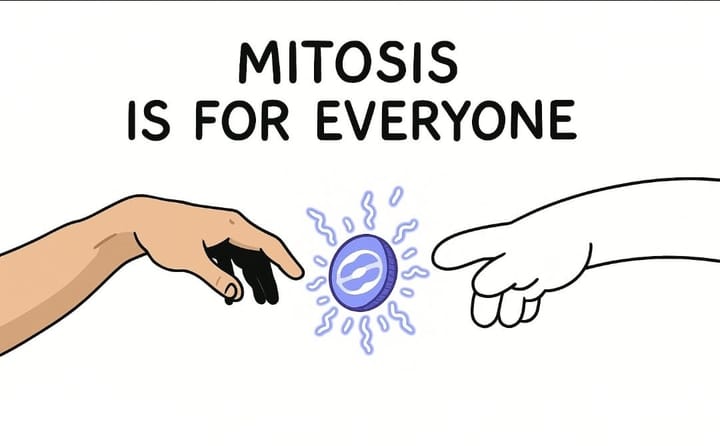
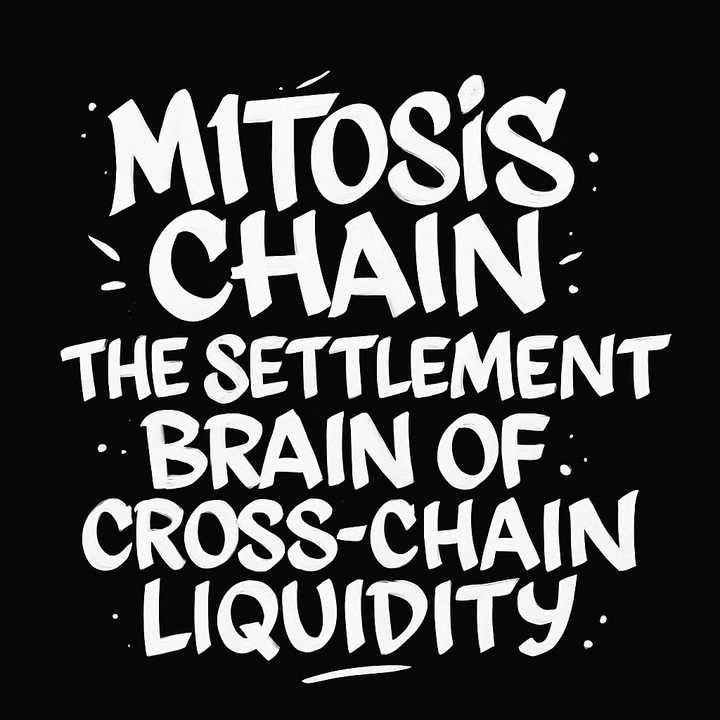
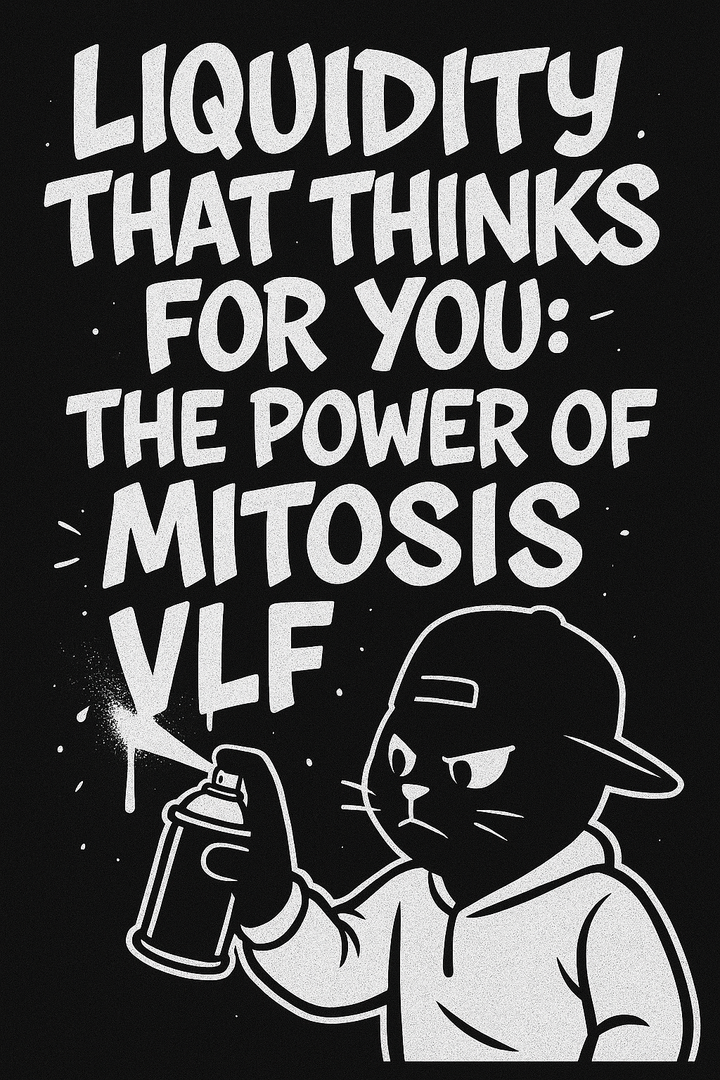
Comments ()